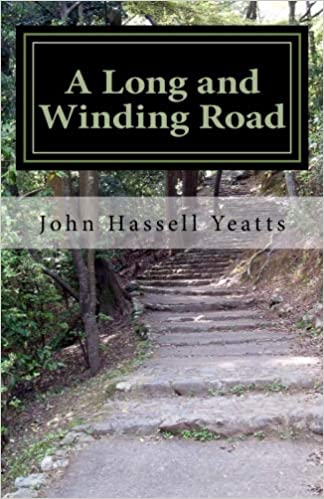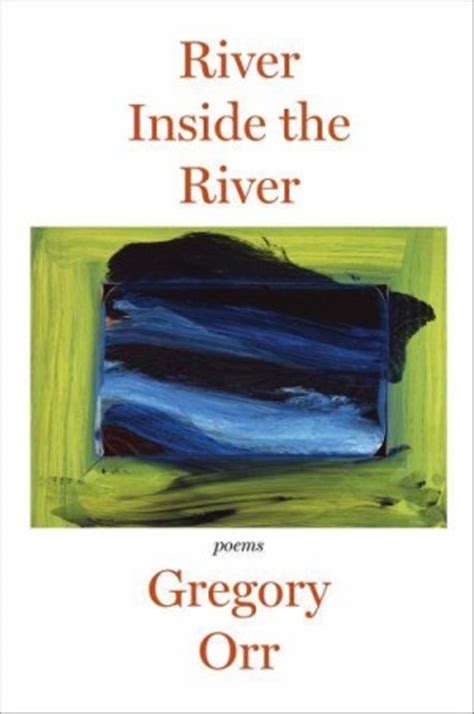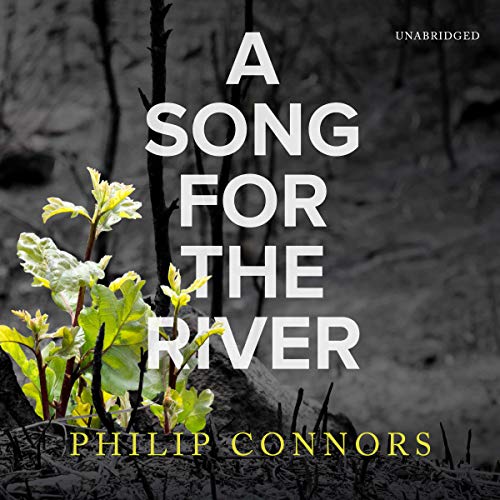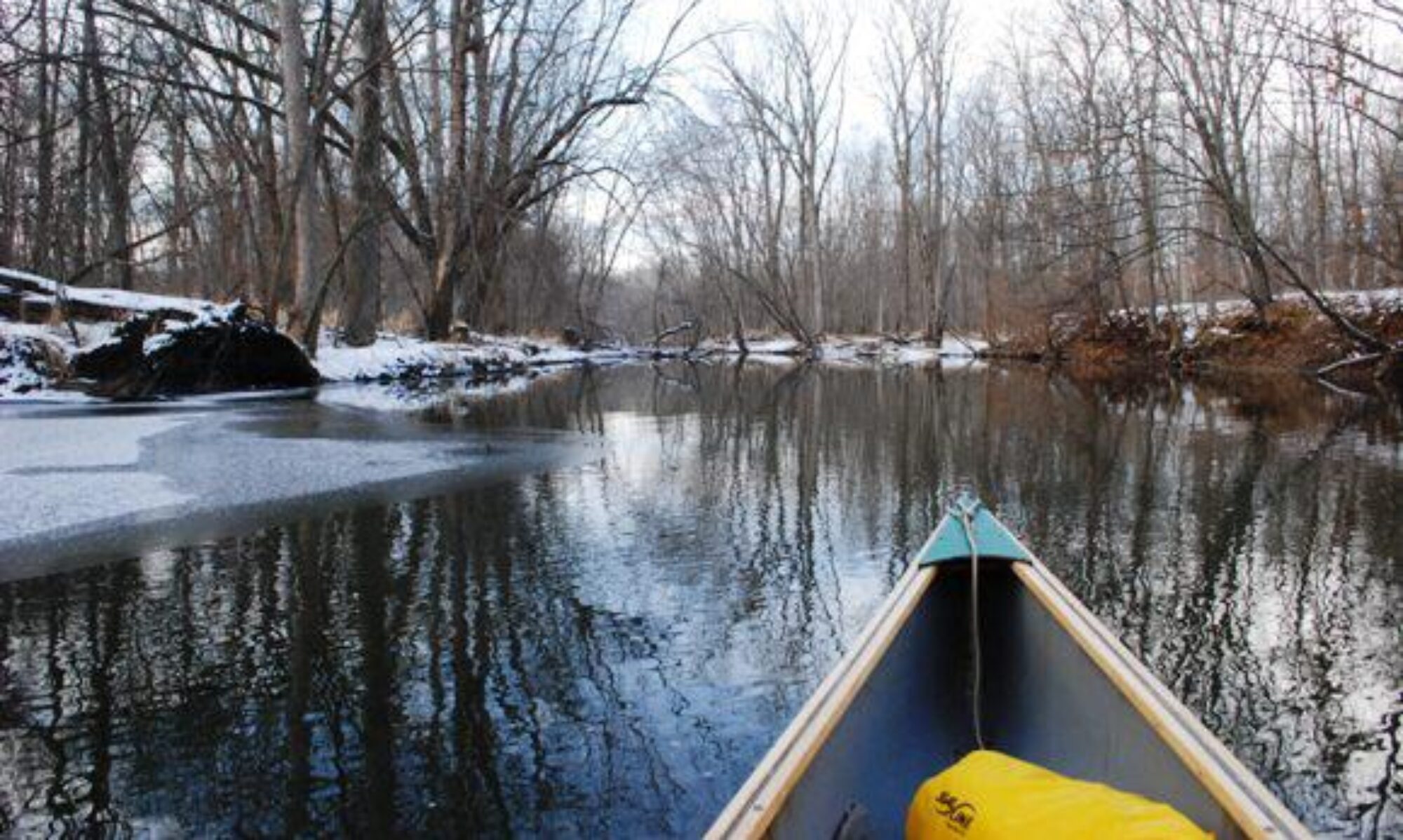John Hassell Yeatts, A Long and Winding Road
(1989), 120 pages.

The long and winding road referred to in the title is the Blue Ridge Parkway which divided the little community of Mayberry in the mid-1930s. This was at the time when the author was becoming a man. He began working at the Dan River dam project below Mayberry and his life’s work continues as he worked on dams around the country. He later attends college and goes on to work as a reporter and writer, as well as working with agencies such as the March of Dimes and American Cancer Association. In his later years, Yeatts came back to the Mayberry of his youth for the summers. He also published several books about the community.
These are wonderful memories. The author grew up at a time when chestnut trees dominated the Appalachian Mountains, when most people travelled by horse or buggy, and when life was hard. He was present in the old Mayberry School, when Bob Childress called for the building of a church (now Mayberry Presbyterian Church). His father delivered mail for 35 years, mostly using horses. Later in his career, he’d use a Model T. In the days before UPS, his father had to have extra packhorses for the mail order packages from Sears and Roebuck and Montgomery Wards. Yeatts remembers a car salesman from Mount Airy introduce Ford’s Model T to the community and he travels to Stuart to meet those coming back from the First World War. There, for the first time in his life, he sees a locomotive, as the iron horse pulls the train into Stuart from the main line in Martinsville. He also remembers the lumbering of the chestnut and watching the trees hauled away as the blight killed the forest that dominated these parts. In these stories, we learn about old mills where farmers ground grain, and about his tee-totalling mother, who would have joined Carrie Nation if she had the opportunity. This book is filled with good stories, that take the reader back into a simple but difficult time to make a living on the mountains.
This book, along with the books of Aaron McAlexander, provide a colorful history of Mayberry. The difference in the two books is that Yeatts (who I’m sure is related to McAlexander), is a couple decades older and so his memories extend further back, to a time before the automobile, tractors, and tourists. In both books, the Mayberry store (which has gone by many names) is prominent.
Gregory Orr, River Inside the River: Poems
(New York: Norton, 2013), 124 pages.

Last summer, when on study leave, I found myself engrossed in A Primer for Poets and Readers of Poetry by Gregory Orr. Having not read any of his poetry selections of the University of Virginia professor, I picked up this collection. This book has three major sections. The first, “Eden and After” looks at our first parents in the garden and its aftermath. In the second, “The City of Poetry,” I have a sense that Orr was describing the city of refuge in Genesis 4, where Cain fled upon the death of Able. As a child, Orr had killed his brother in a hunting accident. The final section is titled after the book’s title, “River Inside the River” While Orr explores new themes, he also continues building on themes already introduced. Overall, I enjoyed the collection. I like his use of words and metaphors. My only complaint was his use of the “F” word. It certainly got my attention and was only used a few times. It was just a shock to read it in such a work, especially since he uses it to describe that which Adam and Eve did in the garden. But that word is just too harsh. Of course, Orr uses this word less than other books I’ve read. In Matterhorn, which is reviewed below, the word is used a lot but in a combat situation it seems more appropriate.
Philip Conners, A Song for a River,
(Audible, 2018) 6 hours and 44 minutes.

This book was in my to-be-read pile for some time. When it showed up as a freebee for Audible subscribers, I jumped on it and enjoyed the book. Conners spent thirteen years as a fire lookout in the Gila Wilderness area in Southern New Mexico. I didn’t even know that there were still fire lookouts into the 21st century! This book weaves together several tragedies: his own brother’s suicide, his divorce, the death of his friend John who was also a fire lookout, and the death of three students from Silver City who were killed in a plane crash, along with his own medical issues. Weaving into these deaths and his divorce are stories of fire in the oldest wilderness area in the United States (As a young forester, Aldo Leopold, author of A Sand County Almanac, had been instrumental in saving this land).
Conner also experiences danger as a lookout. One fire sweep through the high country. Conner is saved by a helicopter sent in to rescue him. Throughout the book, we learn of larger and larger fires, that burn hotter and at higher altitudes from global warming. In addition to the danger of fire, Conner talks about risky river trips he makes in this part of the world. Toward the end of the book, we learn that Conner remarries. While I enjoyed the book, I felt it was a bit disjointed. That said, I do plan to read his other books.
Karl Marlantes, Matterhorn: A Novel of the Vietnam War (Audible, 2010), 21 hours and 11 minutes.

Marlantes was a Marine officer in Vietnam, and this is his first novel. The story takes place in late 1968 and early 1969, as the narrator begins his deployment as a second lieutenant in the Marine Corp. Assigned to a company that’s securing a firebase close to the DMZ, the firebase is named Matterhorn. The young officer dreams of rising rapidly as he serves in combat, in the hopes he can return to law school and become a politician. But as he is thrown in with men who long to survive, he learns important lessons. The story centers around a decision by the top brass to abandon the base, only to then require the Marines to retake it, after the North Vietnamese have repurposed the base for their own purposes. This was nearly suicidal mission, but the mission is ultimately successful. Along the way, we learn of the men in his company, especially the issues around race. There is even a divide among the “black brothers,” between some who are sending back weapons to America to help in the fight against racism and others who just want to survive or to get high. We also learn about the problems that come from above, from officers trying to please politicians and making decisions that are almost impossible to carry out in the field. While this is a long story, it is well told and shows the horror of the war.

Wow, you’ve done lots of reading. These all sound interesting. The third one sounds pretty scary and dramatic. What a life full of challenges he had. Thanks for sharing your reviews. It’s always nice to hear about new-to-me authors.
I tend to read 3-4 books a month. While O’Conner had a tough life, the novel “Matterhorn” is even tougher. I’m glad you found the reviews interesting.
Ooh, these sound like wonderful books! I just read Aldo Leopold last year for the first time. And I’ve driven along the Blue Ridge Parkway — it’s sad to think that I hadn’t considered that it might be a source of contention.
I’m glad you read Leopold! I was in college when I was introduced to “Sand County Almanac”. Great book. The parkway brought hope in that there were jobs, etc, but it did often cut farms and communities in half, especially if the straddled the crest of the Blue Ridge. If you ever come around these parts, stop by. Both churches are within a stone throw of the parkway!
Being a fire lookout would be interesting but dangerous.
I didn’t realize there were still such lookouts as I thought most had been replaced in the 80s as they use more planes and drones to spot fires and direct the crews.
Can’t believe I’ve lived here this long and have not heard of “A Long and Winding Road”. That sounds like a must-read.
I think he died in the 90s. If you look back at the old maps of Meadows of Dan area, you’ll see a lot of Years, but I think they are now all gone.
What a collection, Jeff. I haven’t read any of them but they are now on my radar.
I think you’d like Matterhorn, as it is about survival in tough situations.
I always like reading personal memoires about an area. I try to pick up one whenever I travel through a new area.
I do that, too. And when I move to an area, I really dig into the history of the community. Thankful, this area has both a lot of history and some really colorful characters!
Four interesting books, thanks for sharing your reviews! I like reading local authors too.
THanks, Juliet
Agree with Kelly. Love the local stuff. You know you’re a major contributor to my TBR!
Maybe I should monetize my post and see if I can get a cut from those who buy the book, but probably not!
I can lie and say thanks for the recommendations but since you know my secret about how terrible I am at reading books, I will just say I am glad you found some books that you enjoyed.
Matt, we’re trying to get you to read more 🙂
I think it’s interesting that you’ve had the opportunity to read “local” authors and learn more about the area where you live. I always enjoy stories where people or places I know are mentioned.
I’ve moved around enough that I have learned lots of local history and folklore around the country!